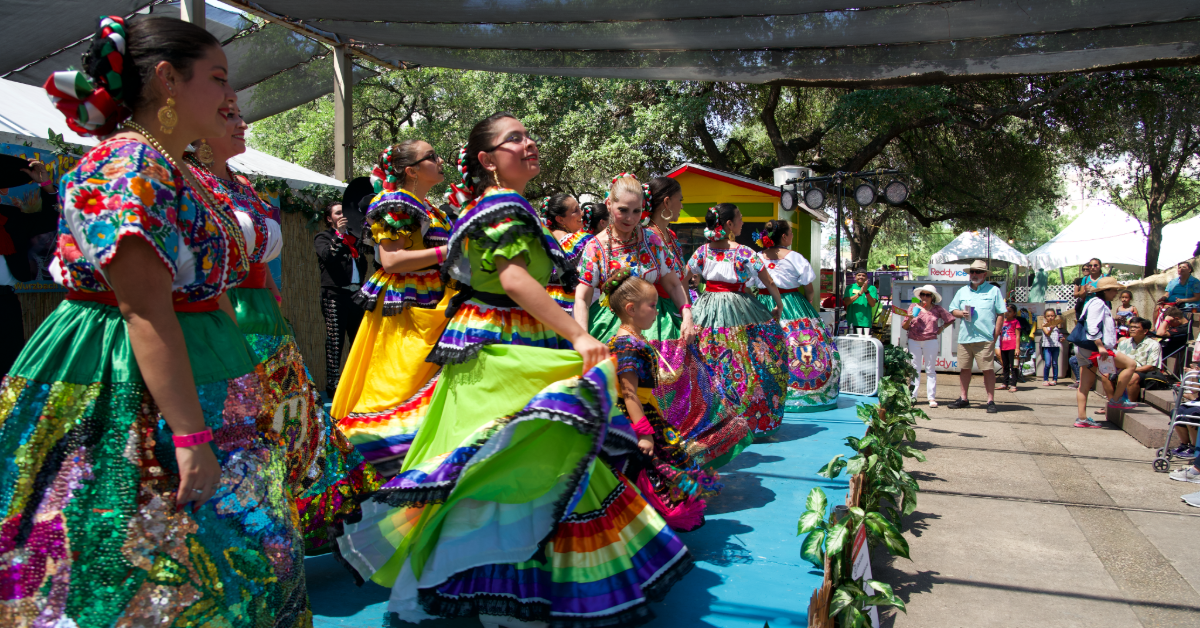When the Fall semester ended, the Rampage were on top of not only the Pacific Division, but also the entire American Hockey League.
The Rampage ended November with a .607 winning percentage and 17 out of a possible 28 points (14 gp, 6-3-5). They were fortunate to have earned five extra points in the standings by losing five games in overtime.
“Loser Points” — the points teams earn when they lose in overtime — could not salvage December, when the Rampage lost nine of 12 games and earned only seven of a possible 24 points for a win percentage of .292.
This slide down the standings has left them in sixth place out of seven in their division.
The team ranks dead-last in shots against per game and in the bottom third in both shots for and goals against per game. Their power play, at fourth in the league, is proficient, but their penalty kill is among the league’s worst.
These struggles may be new to Spurs Sports and Entertainment, but not to the Colorado Avalanche organization.
The hockey statistics community often points to the 2013-14 Avalanche team as a prime example of unsustainable success.
In the spring of 2014 — just one year after finishing last in their division, winning the draft lottery and firing their coach — the Avs finished on top of their division with 52 wins. It seemed like a truly miraculous turnaround.
But with the Avs’ sudden success came questions about sustainability. Advanced possession metrics and traditional stats alike suggested that the Avs were plagued by an inability to consistently create and suppress offense.
They also benefitted from abnormally high shooting and save percentages that were bound to regress to the mean.
Likewise, so far this season, the Rampage have taken roughly six fewer shots per game than they have allowed, which puts them on pace for a negative-400 shot differential. The league average shooting percentage can be used to estimate that this disparity will cost them roughly 40 goals over the course of the season — over half a goal per game.
If half a goal per game doesn’t sound significant, consider that only .57 goals per game separated the teams that ranked fifth and 27th in that category last season.
There are concerns that the Rampage’s struggles are indicative of structural deficiencies across the whole organization, but Coach Chynoweth doesn’t think the parent club’s deficiencies are the problem.
“It’s not a system thing. Right now, we’re weak down the middle – the center ice position – in the sense of winning faceoffs,” Chynoweth explained. “They’re working at it, but right now it’s not good enough.”
But parallels can certainly be drawn between the Avalanche and Rampage. Both teams’ inability to suppress offense and create offense of their own is evident.
Perhaps the most troubling aspect of this slump is the Rampage’s inability to win at the AT&T Center; they have not won at home since Nov. 17.
They have lost the last 10 games played in their own building while being outscored 36 to 22 and outshot by an average of almost eight shots per game.
“I’m sure the fans want to see us get on the road,” quipped Rampage Head Coach Dean Chynoweth when asked about a mid-December road trip. “We haven’t given them anything to cheer about here, which is sad.”
Winning at home is especially important for teams in “non-traditional” hockey markets.
The Rampage finished seventh last season in average attendance, but at this point in the current season, they sit at 17th in the league.
If the Rampage want to return to a spot among the league’s top draws, they need to find their way back into the win column soon.
– See more at: https://www.paisano-online.com/rampage-lose-10-straight-at-home/#sthash.FLmNK2w4.dpuf
Categories:
Rampage lose 10 straight at home
January 14, 2016
Story continues below advertisement





